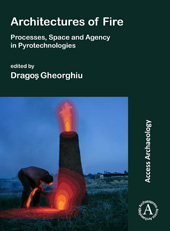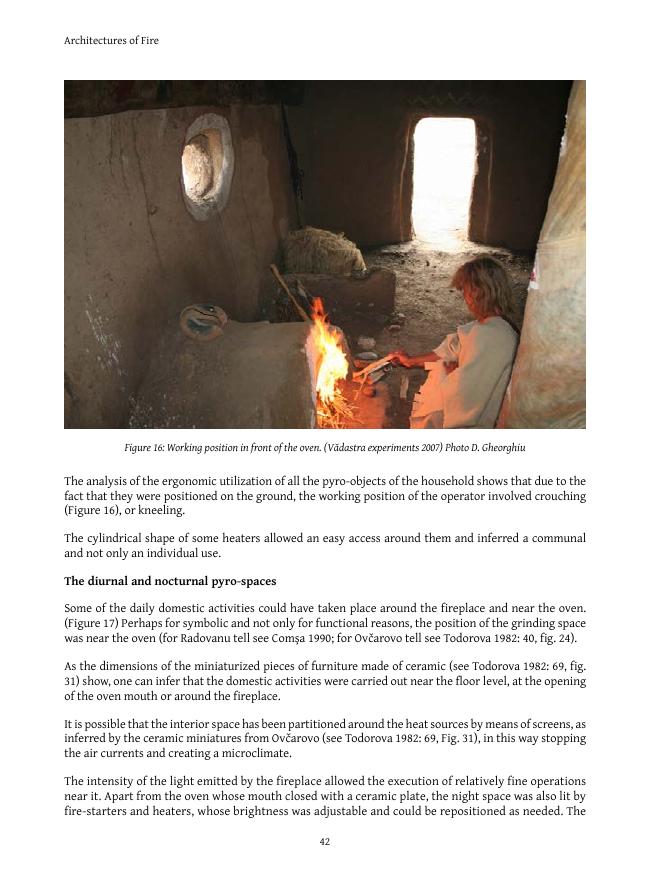Architectures of Fire : Processes, Space and Agency in Pyrotechnologies
107 p.
Architectures of Fire attempts to present the entanglement between the physical phenomenon of fire, the pyro-technological instrument that it is, its material supports, and the human being. In this perspective, the physical process of combustion, material culture, as well as the development of human action in space, are addressed together. Fire is located at the centre of all pre-modern architecture. It creates the living or technological space. Fire creates architectures since it imposes geometry, from the simple circles of stone or clay, which control its spread (and which are the geometrical figures of its optimal efficiency), to cone trunks, cylinders, half-spheres, half-cylinders or parallelepipeds, circular geometric figures that efficiently control the air-draught process required for combustion. All these forms involving the circle are determined by the control and conservation of thermal energy. We should not imagine that the term 'architecture' evokes only constructed objects that delimit human acti
on. Architecture means not only the built space, but also the experienced space, in the present case around the pyro-instruments. Pyro-instruments involve an ergonomic, kinesthetic and visual relationship, as well as the rhythmic actions of feeding or maintaining fire at a certain technological tempo. The technological agency is structured both by the physics of the combustion phenomenon, and by the type of operation to be performed. [Publisher's text].
Special access authorizations may apply; please contact us for further information.
-
Informationen
ISBN: 9781789693683
THEMENBEREICHE
KEYWORDS
- Experimental archaeology, fire, Neolithic, European Prehistory, Mediterranean, Portonovo, African Middle Stone Age, Metallurgy, Garncarskie Rock Shelter



